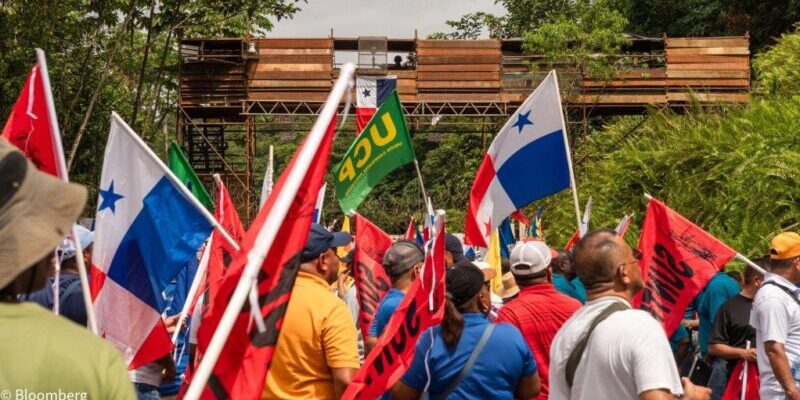Political Unrest Shadows Panama’s Economic Future
Six months after Panama was rocked by violent protests, the country’s political landscape remains tense, deterring foreign investors.
The demonstrations, initially led by local unions and students, led to the abrupt closure of a crucial copper mine in December, causing discomfort among politicians and candidates in the upcoming presidential election.
With the mine’s closure, Panama’s economy faces significant challenges, prompting concern among creditors and investors. The country’s investment-grade ratings have been downgraded, and its bonds have underperformed in emerging markets.
The closure of the Cobre Panama mine, which contributed about 5% to the nation’s GDP, is expected to drag economic growth down to 2.5% this year from 7.5% in 2023, according to the International Monetary Fund (IMF). This setback, coupled with other fiscal pressures, poses a daunting task for the incoming administration.
Presidential hopefuls have been vague about addressing fiscal issues, and reopening the mine appears unlikely given the prevailing social sentiments.
Despite the challenges, Panama’s fate rests on the policies of the new administration, which will need to navigate through economic reforms and social tensions to restore stability and investor confidence.
55 total views , 1 views today





